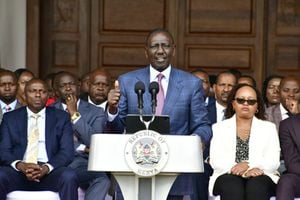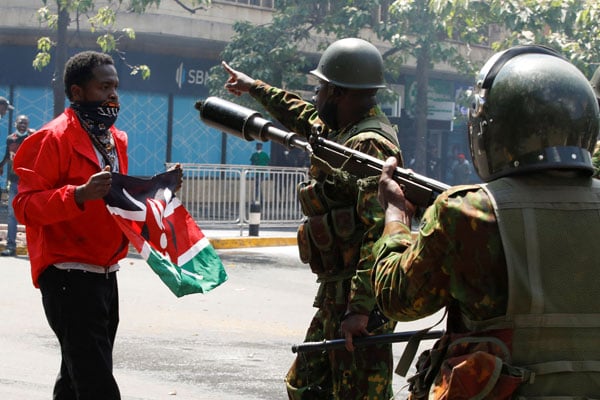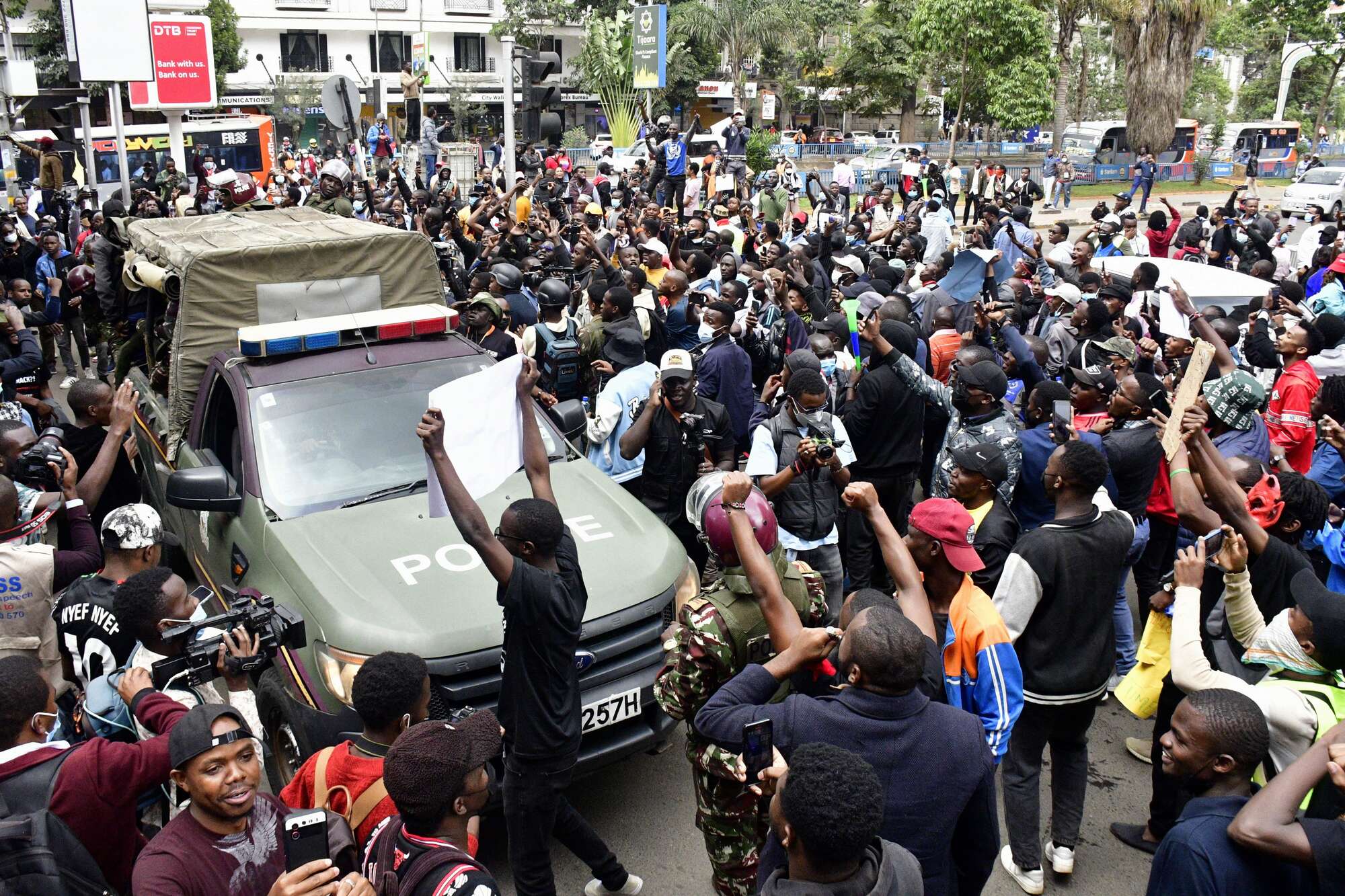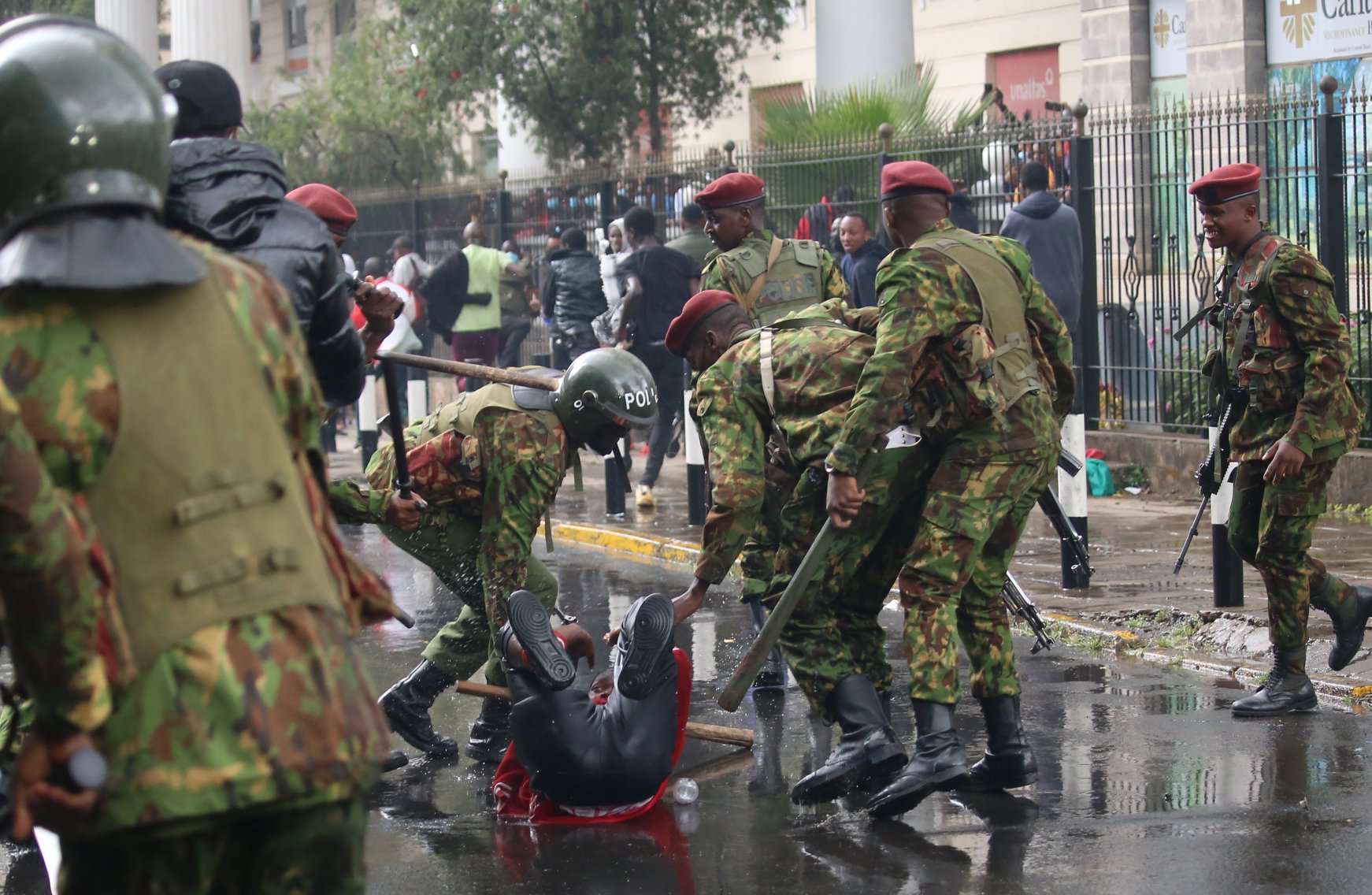
Mr Daniel K. Kalinaki
A decade or so ago, Nation Media Group held one of those company think-treats somewhere on the outskirts of Nairobi. One of the hot topics was Kenya’s 2007/8 post-election violence and what lessons we could learn from it. I don’t remember who, between myself and Charles Onyango-Obbo, who was then my boss, spoke first. But we both had very contrarian and controversial views.
The violence was tragic and unfortunate, we argued, but Kenya would be better for it if it took away and applied some lessons. The first was that Kenya’s long-cherished status as an island of peace in a sea of political violence was partly down to luck, not political exceptionalism.
This wasn’t hard to see. Kenyans, before and during the 24 years under Moi, had suffered political violence similar to that in many sub-Saharan African countries. The difference was in the degree of the violence, and in the absence of armed revolutionary forces to resist the government through the use of arms. The failed coup in 1981, for instance, could have changed this course of Kenya’s history. There are many reasons why it did not and why Kenyans did not take up arms to oppose Moi, including the deterrent effect of watching Uganda, Rwanda, Burundi, Somalia and Sudan implode around them, but these are too many to get into here.
Yet some of the conditions that had materially driven those armed conflicts existed in Kenya, in varying degrees. The post-election violence in 2007/8 provided an outlet to some obvious ones, like longstanding land conflicts and socio-economic inequities, for a relatively smaller price than that paid by other countries. Kenya took a violent route to peace, but it was a shortcut that avoided civil war. To prevent future political disagreements from becoming potentially armed struggles, Kenya undertook deep political and administrative reforms. It wrote a new Constitution that strengthened oversight institutions, the Bill of Rights and transparency in public appointments. It reduced the power of the Presidency and devolved power and a big part of the national budget to new county governments. Unsurprisingly, the latter had the unintended effect of decentralising corruption. Newspapers were full of stories of grand vanity projects like Governors’ mansions in the counties, or foreign benchmarking trips for members of county assemblies.
Again, as unpleasant as it sounds, this was political school fees. A governor who built a large mansion then had to do something for the wananchi to re-elect him, like fix the roads that he and his motorcade used, but which the people could also use.
Today many far-flung counties in Kenya have better infrastructure than bigger towns in Uganda. With most jobs and local tenders going to home boys and girls, it has spread the wealth within communities and given counties a share of the country.
It has also created demand for more accountability, transparency and supply of democratic decision-making as seen in the ongoing protests across Kenya against the Finance Bill. Having been given an inch of democracy and self-governance within their counties, Kenyans are now willing to walk the long mile to the seat of power to demand to have a say in how the whole is governed. Older Kenyans are likely to see each other through tribal prisms. Their political parties and alliances are built around control of ethno-geographies and voting blocs in exchange for a seat at the table and a share of the national surplus.
Yet, having determined a formula for sharing revenues across counties based on population size, lining up behind a big tribal chief becomes less appealing, especially if they are corrupt and self-promoting. Articulating for broad policy proposals, such as lower taxes and better stewardship of public money is more progressive because it lifts all boats.
Younger Kenyans seem to have seen this particular light and, as sympathetic as they might be to veteran campaigners like Raila Odinga, have asked him and his fellow professional politicians to sit this one out. It is politics, without the partisanship.
In under a generation the narrative in Kenyan politics, at least among younger demographics, is shifting from the ‘It’s Our Turn to Eat’ that reverberated under Kibaki’s first term and added fuel to the fire of 2007/8. It is being replaced by a nationalist narrative built on the understanding that governments should work for the people, who have a constitutional right to protest against laws and policies they don’t like.Without a clear agenda about how to sustain the protests and how to coalesce the energy of the crowds into a citizen manifesto, it is unclear how this will play out. It could fizzle out, become partisan and tribal, or even get hijacked by criminal elements. Yet young Kenyans have shown that they can mobilise themselves and articulate clear broad interests around public policy. As in 2007/8, the violence is abhorrent, but look beyond the clouds of tear gas and the noise of the protests, and you will see that this is how democracy works, not how it fails.
Sometimes it takes those who don’t have it to remind those who do about what they have. COO and I were the only Ugandans and we lost a few friends in the room that morning but analysis, unlike elections, is not a popularity contest.
Mr Kalinaki is a journalist and poor man’s freedom fighter.
[email protected]; @Kalinaki




